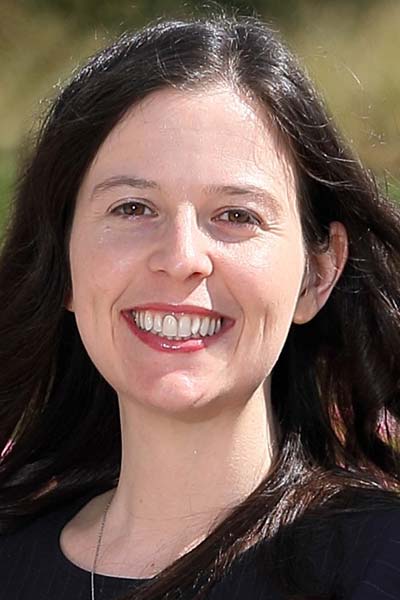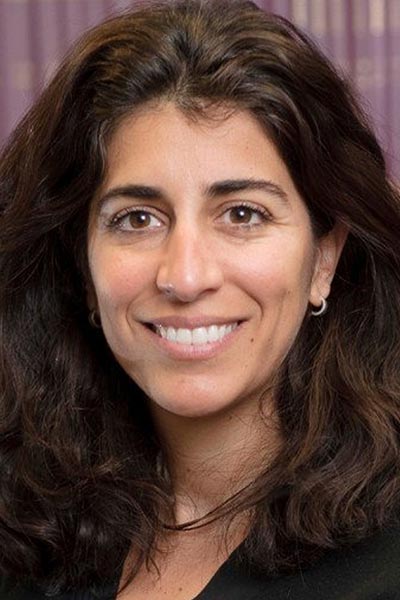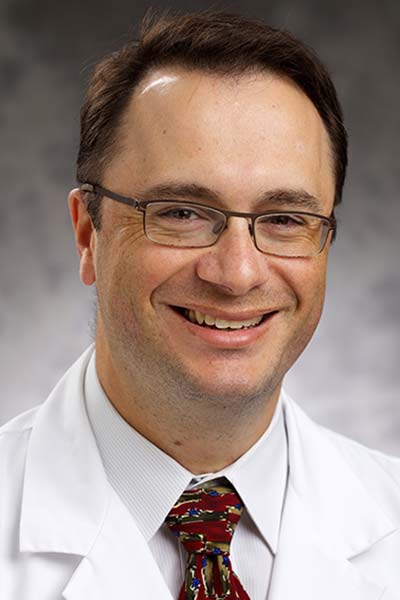Panelists discuss how real-world data can be applied to research and patient care
//
Estimated Read Time:


During an Annual Meeting symposium featuring several case studies illustrating how real-world data can be translated to real-world evidence, Donna R. Rivera, PharmD, MSc, explained the difference between the two.
Real-world data relating to patient health status and health care delivery is routinely collected from a variety of sources, whereas real-world evidence is derived from the analysis of real-world data, said Rivera, U.S. Food and Drug Administration’s Oncology Center of Excellence.
Rivera and Deborah Schrag, MD, MPH, Memorial Sloan-Kettering Cancer Center, moderated the Annual Meeting symposium Quality Over Quantity: Advancing Real World Data toward Real World Evidence on Sunday, April 10. The session can be viewed on the virtual platform by registered meeting participants through July 13, 2022.

In the session’s first case study, biostatistician Katherine S. Panageas, DrPH, Memorial Sloan Kettering Cancer Center, gave an overview of real-world data from the AACR Project GENIE (Genomics Evidence Neoplasia Information Exchange) Biopharma Collaborative (BPC). The five-year research collaboration was launched in 2019 to “augment the existing registry genomic data with enhanced clinical or phenomic data to create a publicly released dataset that supports clinic-genomics analysis,” she said.
In the BPC, eight phenomic datasets are curated for each cancer cohort from electronic medical records using the PRISSMM Data Model to standardize key components of outcome ascertainment, including pathology, radiology, imaging, signs, symptoms, tumor markers, and medical oncologist assessments.
Data from the first cohort—the non-small cell lung cancer cohort—will be publicly accessible this spring, and data from the colorectal and breast cancer cohorts will be available later this year, Panageas said.

Marcelo C. Pasquini, MD, MS, Medical College of Wisconsin, discussed a procedure-specific registry known as the Center for International Blood and Marrow Transplant Research (CIBMTR). The 50-year-old nonprofit research organization is a collaboration between the National Marrow Donor Program and the Medical College of Wisconsin.
“It is a registry that captures data from the starting point of the procedure—for example, a transplant or a cell therapy,” Pasquini explained. “It has some retrospective data collection based on the history of the disease that was being treated up to that point, but once the signal event happens, these patients are followed longitudinally.”
Use of CIBMTR data is not limited to research, he noted. The data has been incorporated into transplant center performance assessments and information provided to patients about survival tools and other resources, and has also been used to answer regulatory questions.
Ran Balicer, MD, PhD, MPH, Clalit Health Services, Ramat-Gan, Israel, discussed how real-world data is transforming patient care at Clalit Health Services, which is responsible for the care of nearly 5 million patients at 1,600 clinics and 14 hospitals. At Clalit, the focus is on shifting from patient-level reactive therapeutics to a population health paradigm that is predictive, proactive, and preventative. This change is being facilitated by a unique repository of digitized data, he said.
“It’s big data to an extreme—25 years of consecutive data. Cradle-to-grave, individual-level data from the provider’s lens, from the payer’s lens,” Balicer said.
Clalit’s data warehouse includes information on diagnoses, imaging, pharmaceuticals dispensed and prescribed, and more, and puts it all at the fingertips of general practitioners through a predictive system driven by artificial intelligence (AI).
“They see those singular patients who have the highest risk of future deterioration,” Balicer explained. “And on those specific patients who are selected through this AI mechanism, predictive models suggest a set of recommendations that can be activated by a click of a button.”




